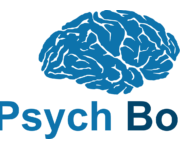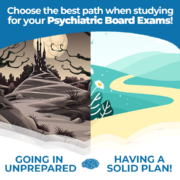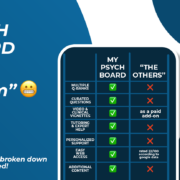How to Navigate Daylight Savings This Year

In the coming days, most of the continental U.S. will adopt Daylight Savings Time (DST). From March to approximately November, most people will lose a whole hour of sleep by moving the clocks forward one hour. Because of this shift, those individuals will be exposed to less morning sunlight and more evening sunlight.
If you feel like your whole body is dragging for days, or even weeks, following this time change you’re not alone. Losing an hour of sleep may sound insignificant, but as most parents of small children and exhausted students cramming for exams can attest, that precious 60 minutes makes a huge difference.
The disruption of your circadian rhythm can lead to a host of difficulties including increase in depression, slow metabolism, cluster headaches, and weight gain. Further, in the weeks following DST there’s a noted spike in fatal car accidents, strokes, digestive and immune related diseases, and risk of heart attacks. AND…who wants to study when they feel like they can’t stay awake? It can make you feel more awake at night instead of during the day and then your whole schedule is out the window.
Daylight Savings Savers
This transition is difficult, but there are things you can do to help if you know you are particularly effected by the time change.
Maintain your sleep hygiene. If you have a solid sleep routine, be sure to keep on top of it during the time change. If you regularly journal or read before lights out, or whatever the ritual may be, be sure to start that process one hour sooner than normal to trigger the same conditioning.
Get outside in the morning! Depending on your geographical location, this may be easier said than done. However, if you can get out into the morning sunlight for just a little while that can help keep your circadian rhythm intact, or at least less skewed. Too cold where you live? Some people find benefit of using a sunlight lamp!
Try a morning workout routine. This involves the brute force of physical activity to wake up your body and reset your internal clock. Some people find a morning run refreshing, some people would rather crawl in a hole than do that. It’s all about balance 🙂
Do you bounce back from the DST transition, or do you find it difficult to function for a while? We want to help you either way. Let us help you get studying back on rhythm by trying out our Question Banks and find the best option for you! Or Contact us with any questions you have so we can help you set up a plan to help you reset your individual exam prepping clock.
REFERENCE:











